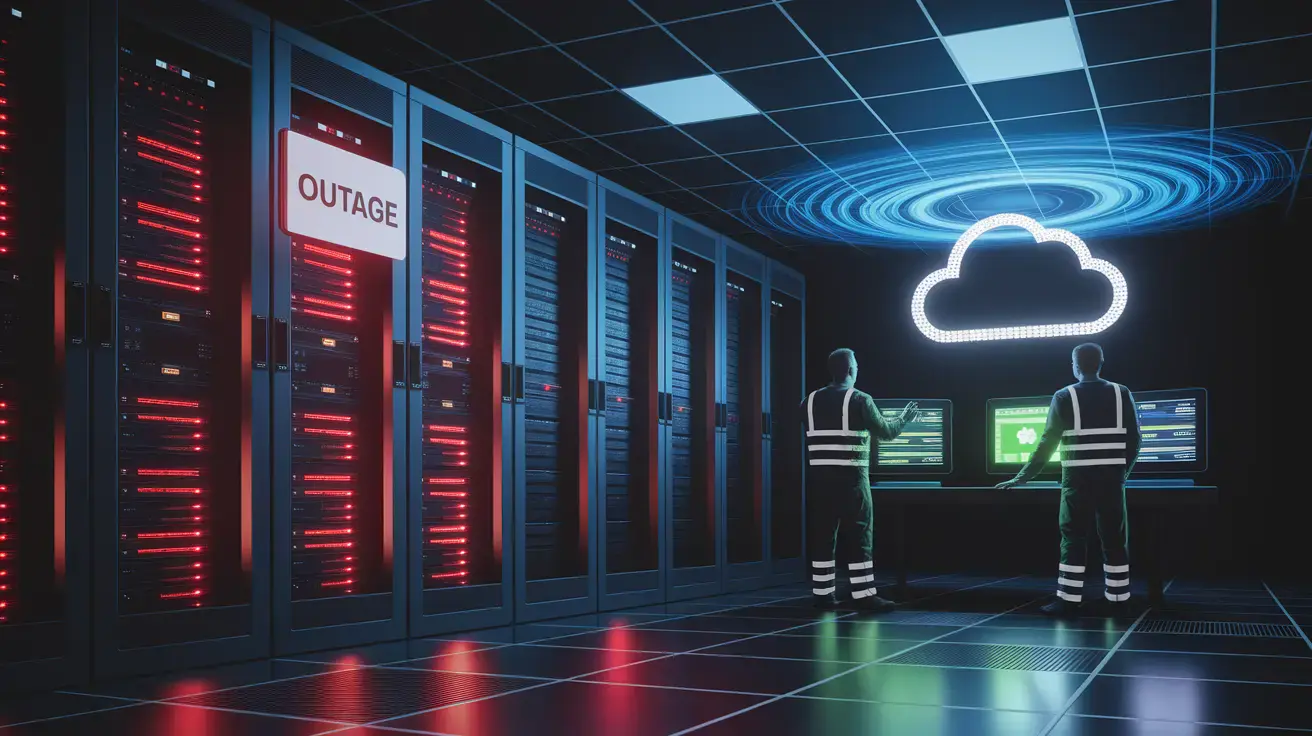The Ripple Effect of a Single Misconfiguration On October 20th, 2025, Amazon Web Services (AWS) experienced a significant outage in its US-EAST-1 Region, affecting numerous cloud services, including AWS Lambda, Amazon API Gateway, and Amazon Appflow. The incident serves as a reminder of the potential consequences of a single misconfiguration, which can quickly escalate into a cascade of failures.
The issue began with a misconfigured DNS, which soon affected EC2 launches, causing errors and disruptions to various services. Despite initial confidence in resolving the problem, the situation worsened, with the Lambda service experiencing significant recovery issues. The outage had a profound impact on major online businesses, including Snapchat, Reddit, Venmo, and Apple Music, which rely heavily on AWS.
Why This Matters This incident highlights the importance of robust infrastructure and disaster recovery planning. As more businesses move to the cloud, the risk of cascading failures increases. A single misconfiguration can have far-reaching consequences, affecting not only the immediate service but also downstream dependencies. The AWS outage serves as a cautionary tale, emphasizing the need for thorough testing, monitoring, and maintenance of cloud infrastructure.
Lessons Learned The AWS outage demonstrates the value of:
- Robust monitoring and logging systems to quickly identify and respond to issues
- Regular testing and validation of infrastructure configurations
- Implementing disaster recovery plans to minimize downtime and data loss
- Diversifying dependencies to reduce the risk of cascading failures
By understanding the causes and consequences of the AWS outage, businesses can take proactive steps to strengthen their cloud infrastructure and mitigate the risk of similar incidents.
Source: Official Link
